Accra, Ghana —(Map)
Zipline, a company which focuses on using drones to deliver medical supplies, is now delivering coronavirus vaccines to remote areas in Ghana. Soon the company will provide similar services in other countries, too.
Drones are small aircraft that can be controlled from the ground. They’re especially useful in countries like Ghana, where many people live far away from larger cities, and there aren’t many choices for speedy transportation. Drones can be the best way to quickly get important medical supplies where they’re needed.
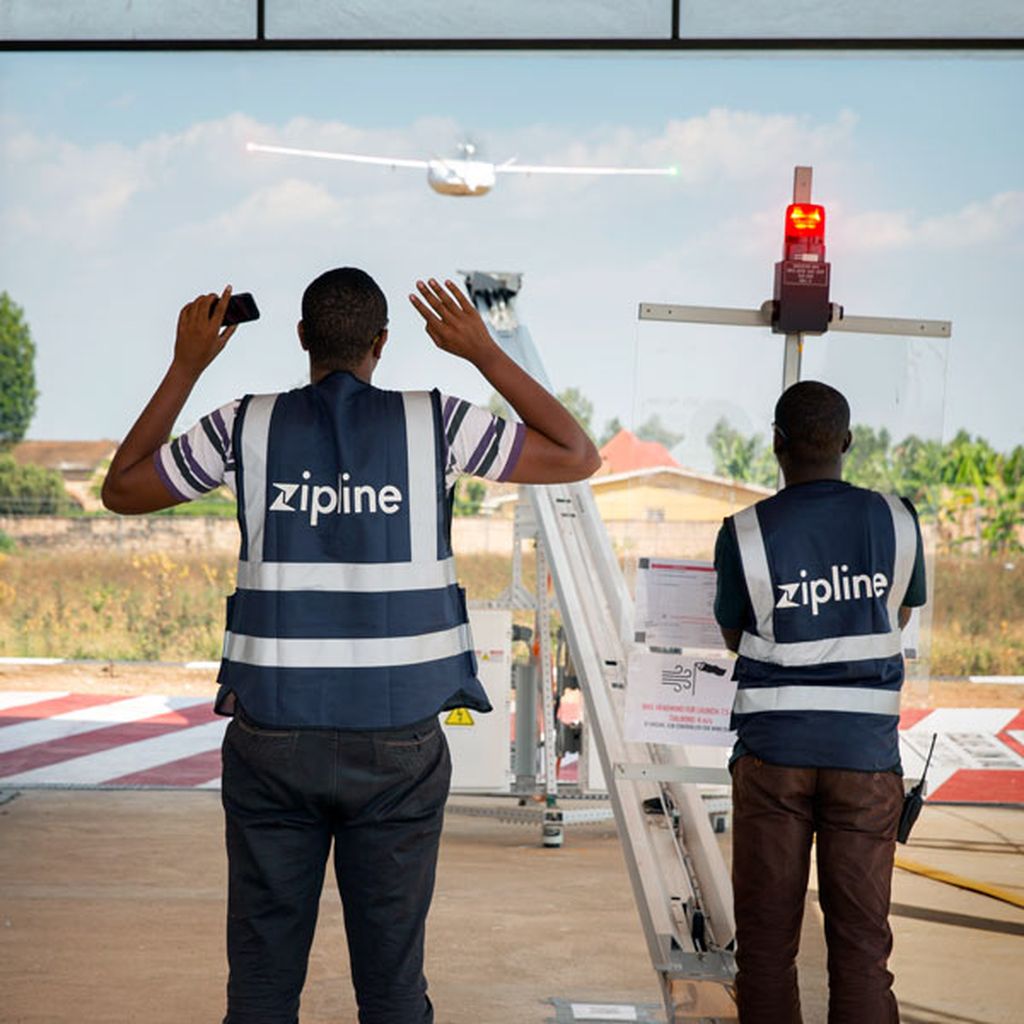
(Source: Zipline.)
Zipline first began delivering medical supplies with drones in Rwanda in 2016. The company’s work in Ghana began in 2019.
When the coronavirus hit last year, Zipline’s work became even more important. Many normal delivery methods were stopped in an attempt to limit the spread of the virus. But Zipline wound up delivering four times as many supplies as before.
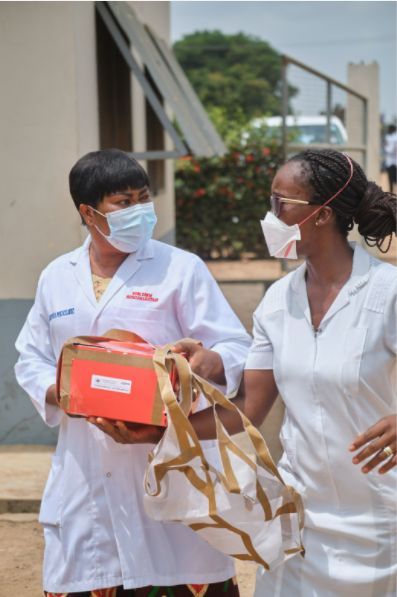
(Source: Zipline.)
It delivered vaccines and other medical supplies, but also protective equipment to health workers in remote areas. Sending coronavirus test samples by drone helped track the spread of the virus in locations that are difficult to reach.
Now Zipline is using its drone system to deliver Covid-19 vaccines in Ghana. In February the company got its first shipment of vaccines. In just the first day, it sent out 4,500 doses of the AstraZeneca vaccine to remote areas of Ghana.
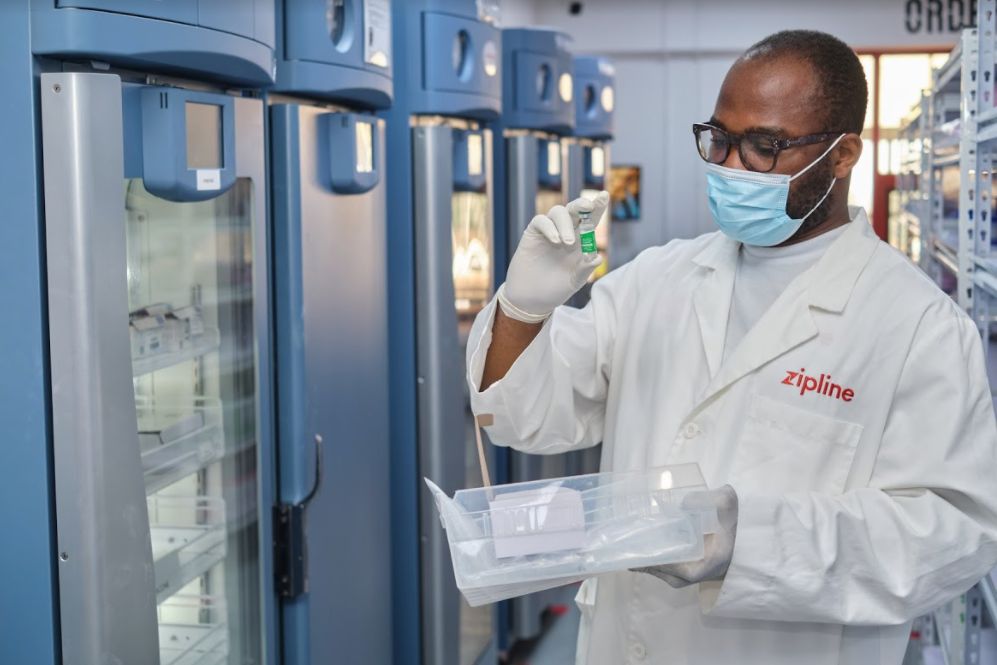
(Source: Zipline.)
Normally, vaccines need to be kept cold. This makes delivering them to remote locations a challenge in a country like Ghana. But because drone delivery is so quick – usually about a half an hour – the vaccines can simply be packed with ice.
The company’s leader, Keller Rinaudo, says that when the vaccines arrive, they “go straight into a refrigerator or straight into somebody’s arm.” Over the next year, the company hopes to deliver 2.5 million Covid-19 vaccines.
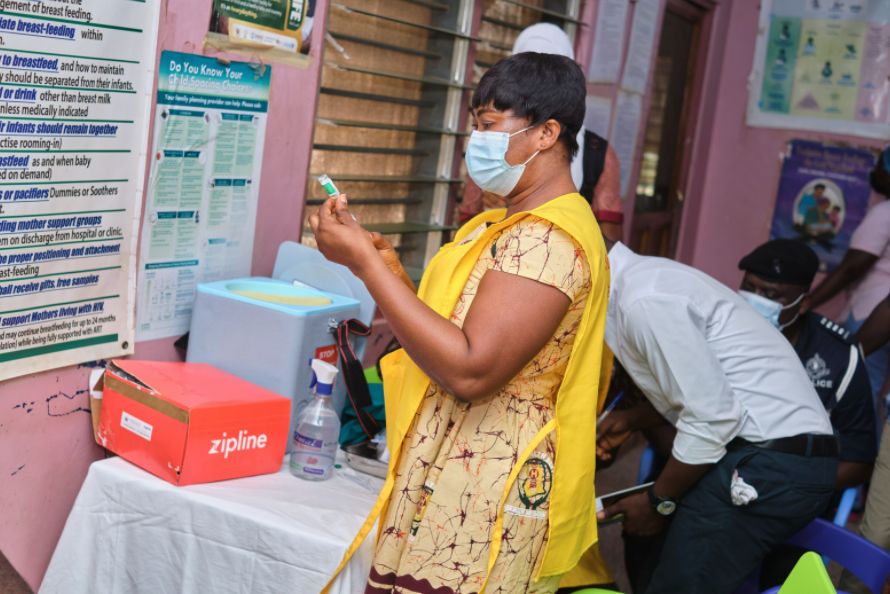
(Source: Zipline.)
Delivering vaccines is nothing new for the company, which has been sending out vaccines, blood, and other medical supplies for years. Over time, the company has developed a system which works well to get supplies to far away locations.
Zipline’s drones look like small airplanes with storage areas that can open and close. Normally, the drones hang in a “base station”, empty and without wings or batteries until they’re needed.
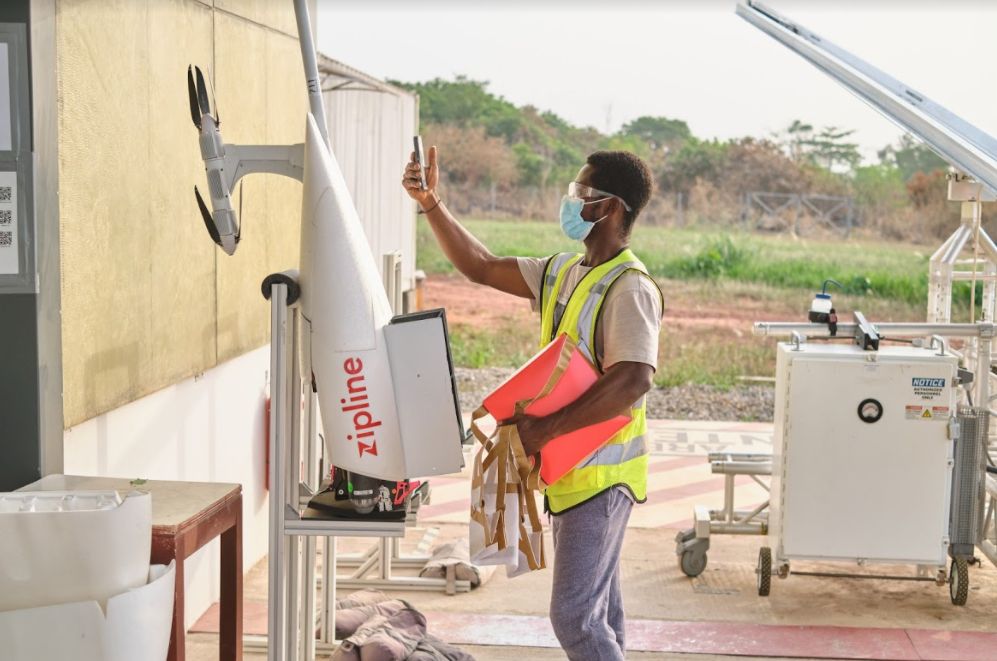
(Source: Zipline.)
To make a delivery, workers attach wings to the drone and put in a fresh battery. They load the medical supplies and close the doors on the storage are of the drone. Then workers shoot the drone into the air with a catapult. The drone flies on its own, guided by computer to the remote hospital.
When the drone reaches the hospital, it circles lower and lower, and then drops its package, which parachutes safely to the ground. The drone then flies back to the base station. Instead of landing, the drone flies across a strong cable, hooking itself onto the wire in mid-air.
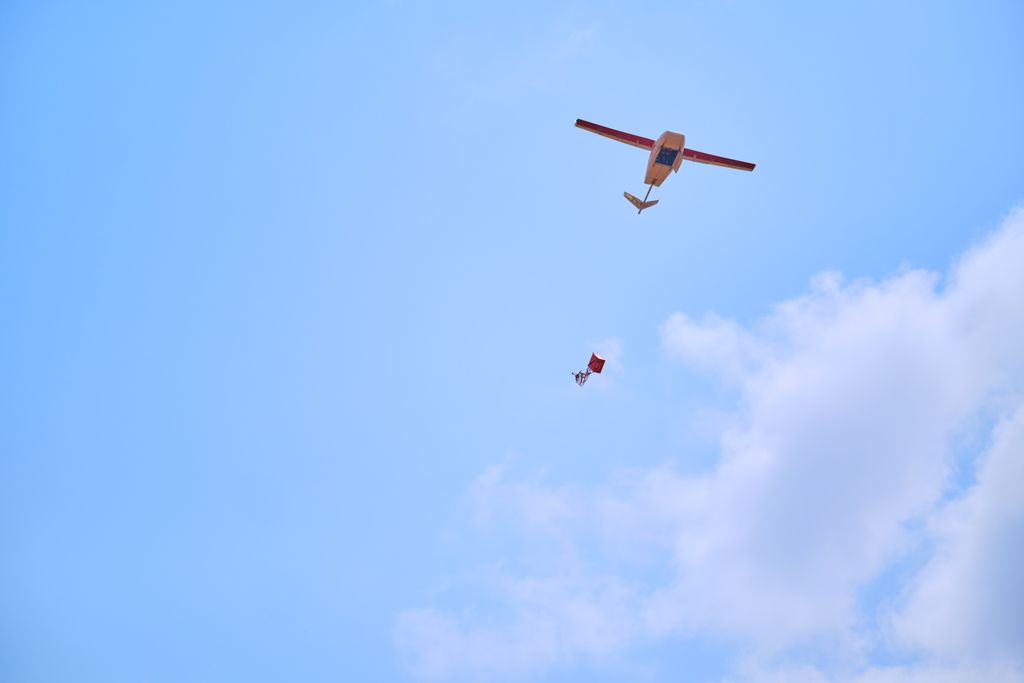
(Source: Zipline.)
Zipline has also worked in other countries such as India and the US. In the US, the company delivered protective medical equipment in North Carolina last year. Now it is teaming up with Walmart to make deliveries in Arkansas.
Did You Know…?
It’s easier for Zipline to begin working in countries with less airplane traffic and fewer rules controlling things that fly. Zipline had to get special permission from the US government to fly in North Carolina last year.
😕
This map has not been loaded because of your cookie choices. To view the content, you can accept 'Non-necessary' cookies.
